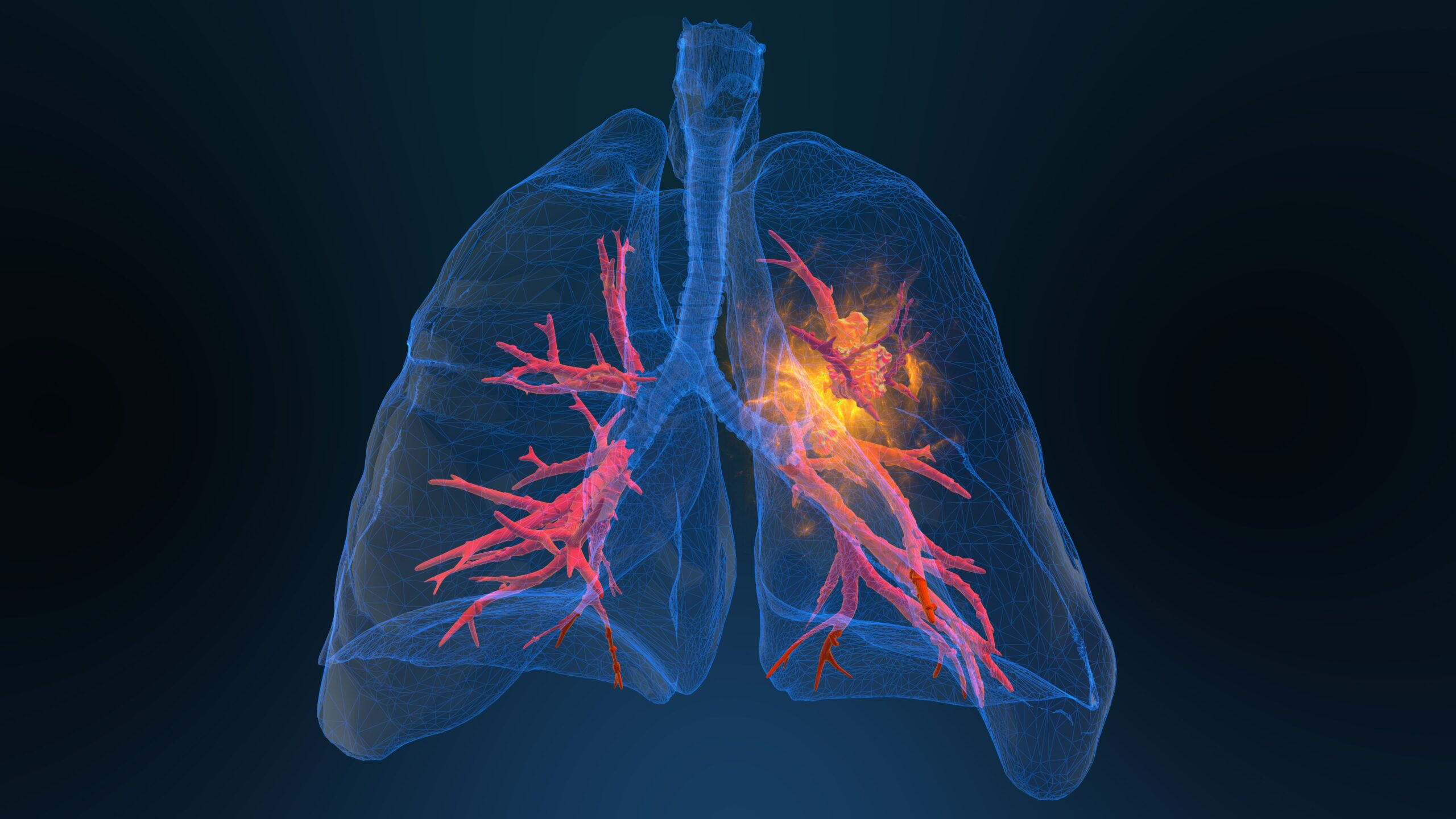Aumolertinib had comparable efficacy to osimertinib when treating epidermal growth factor receptor (EGFR)-mutant
NSCLC is the most common form of lung cancer, affecting about 80% of those who are diagnosed overall. The EGFR gene is a prominent gene in the driver of lung cancer. First-line treatment for NSCLC with EGFR mutation has traditionally being tyrosine kinase inhibitors (TKIs), including osimertinib, which was granted
Participants in the study were admitted to the First People’s Hospital of Yunnan Province between April 2020 and June 2023. The retrospective study collected data from all patients who had an EGFR-mutant advanced NSCLC diagnosis as well as demographic data like clinical tumor stage, gender, age, and smoking history.
Participants were split into 2 groups, where 1 group receiving aumolertinib and the other received osimertinib. The aumolertinib was given as a monotherapy through 110 mg tablets administered once per day, whereas those on osimertinib received it as a monotherapy as an 80 mg dose.
Participants needed to have a confirmed diagnosis of EGFR-mutant advanced NSCLC, were unable to have surgical treatment, and have taken either aumolertinib or osimertinib treatment to be evaluated retrospectively. Those who had a lack of clinical data, used both aumolertinib and osimertinib, had severe organ damage, or were pregnant were not able to participate in the study.
Median progression-free survival (mPFS) was the primary end point of the study, with overall survival (OS), disease control rate (DCR), and objective response rate (ORR) acting as secondary end points.
There were 202 patients included in this study—106 on aumolertinib and 96 on osimertinib. Participants were divided into groups of first-line and second-line treatment. No significant differences were found between the 2 groups in demographic or clinical characteristics.
Both aumolertinib and osimertinib had a mPFS of 19 months (HR, 1.15; 95% CI, 0.70-1.91) when used as first-line treatment. Aumolertinib had a DCR of 95.7% compared with osimertinib’s DCR of 89.8. ORR was also similar between the 2 treatments at 39.1% (95% CI, 25.1%-54.6%) for aumolertinib and 30.6% (95% CI, 18.3%-45.4%) for osimertinib. Neither DCR nor ORR displayed significant differences. Median OS was 27 months in aumolertinib and 36 months in osimertinib with no significant difference.
Both treatments remained equally as effective as the other when used as a second-line treatment, with an mPFS of 13.5 months in aumolertinib and 13 months in Osimertinib (HR, 1.13; 95% CI, 0.75-1.71). There were no statistically significant differences between the 2 treatments when it came to DCR, ORR, or median OS.
Safety was similar between aumolertinib and Osimertinib, with rash (44.34 vs 48.96%), nausea (17.92% vs 15.63%), mouth ulceration (18.87% vs 30.21%), and diarrhea (16.98% vs 21.88%) all having similar percentages between them, respectively. The osimertinib group had 4 cases of grade 3 or 4 adverse events compared with none in the aumolertinib group.
There were some limitations to this study. The results may not be generalizable to other populations, as this study took place in a single center. Selection bias and other confounding factors are possible due to the retrospective design of the study. Duration of follow-up was limited and could have affected assessments of survival.
“These findings offer valuable clinical evidence to support treatment selection in patients with advanced EGFR-mutant NSCLC,” the authors concluded. “However, prospective randomized controlled trials are needed to further explore potential efficacy differences across patient subgroups and optimize personalized EGFR-TKI therapy strategies.”
References
1. Yang SX, Zhu JD, Ma L, et al. Clinical study of aumolertinib versus osimertinib in the treatment of EGFR-mutated advanced non-small cell lung cancer. Discov Oncol. 2025;16:1818. doi:10.1007/s12672-025-03642-5
2. Osimertinib (TAGRISSO). FDA. Updated July 28, 2017. Accessed October 6, 2025.
